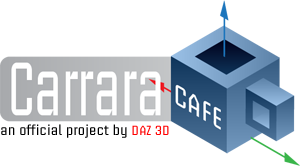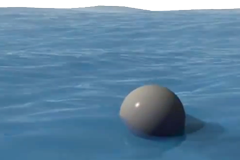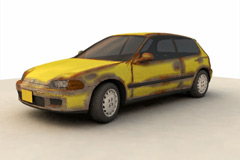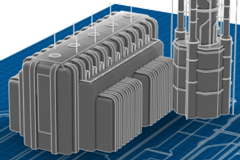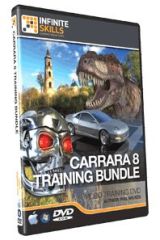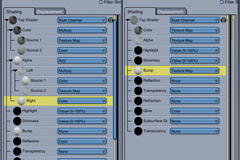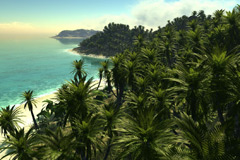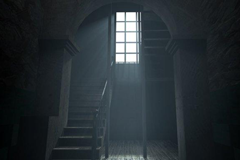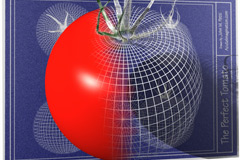This is Part 2 of the Carrara-izing Blender article series. This time we will look into different possibilities for moving from Carrara to Blender and also common work methods between them, to make it easier to use them both. The first part was originally written by JoeMamma2000 in the DAZ3D forum and can be found here.
Common Render engines – Octane
One major common aspect of both Carrara and Blender, is the Octane plug-in by Otoy for both rendering and shaders (materials).
Octane is available in both a stand-alone version, but also has integrated plug-ins for both Blender and Carrara, making it easier to work in both apps.
While the integrated plug-in has a different user interface due to its heavy integration in Blender or Carrara, there are several common areas like materials, lighting, cameras and so on, that can be used the same way since the render engine is the same.
Octane comes with a high price tag and a big feature set, but you can start with the free demo version to check if you meet the hardware requirements.
Currently it needs an NVIDIA GPU, get a demo version here.
Common Render engines – Luxrender and LuxCore
Another common render engine and material database, is the free Luxrender application that includes a free Blender plugin, but need a low cost commercial plugin for Carrara, Luxus for Carrara at DAZ3D.com.
An advantage with Luxrender is that it has full support for CPU rendering (no specific GPU limits or limited VRAM) at the cost of longer render times, but it also is possible to render via GPU.
The upcoming Luxrender 2.0 has been delayed, but a project re-boot is started and work is ongoing to improve.
There is a beta version of the Carrara plugin LuxusCore, with the Luxrender 2.0 engine integrated, more info here.
The Blender manual for LuxCore is here.
Export from Carrara to Blender Cycles, script by mCasual
Started in 2015 october and last updated in 2017 November, the mcjBlendBotForCarrara script has been around for a long time.
The scripts speeds up the export from Carrara to Blender and the Cycles render engine (now supports both AMD and NVIDIA GPUs).
Get the download from here and also save the PDF files of the web site, since it includes several must-have tips to get it to work:
https://sites.google.com/site/mcasualsdazscripts2/mcjblendbotspecial
Bforartists vs Blender
A complete stand-alone version of Blender with a more user-friendly interface, called Bforartists is available from here: https://www.bforartists.de/
Have not tried it myself yet, but it is a free download like Blender, so go ahead and try it yourself.
Some info from the Bforartists FAQ:
Q: Why should i use Bforartists and not Blender?
You should use Bforartists when you are not comfortable with Blender, but are with Bforartists. I have seen generations of new 3D artists fail at the Blender UI, but being fine with other 3D packages then.
Q: What is the difference between Blender and Bforartists?
First let me point out where it is equal. There is no difference in the features. The main difference lies in the UI and usability.
Blender’s usability philosophy is centered around hotkeys and speed.
Bforartists usability philosophy is centered around the graphical menu. With an intuitive and easy to learn workflow. Made from an artist for artists.
Blender tutorials and other resources
-The main Blender web site
-Blender freebies at BlendSwap
-Blender tutorials at BlenderGuru
–Cycles renderer web site
